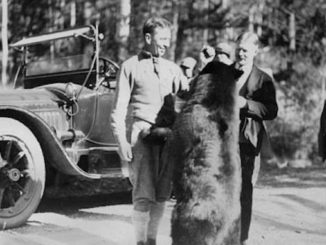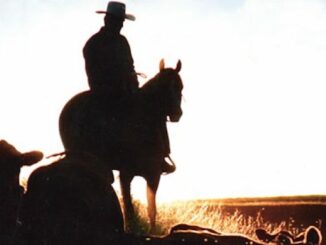Anyone who has driven west from Banff towards Lake Louise has gazed in awe at the towering cliffs of Castle Mountain. But most don’t realize that the same mountain was the backdrop to a scandalous town with a shady past.
In 1881 John Healy obtained a copper ore from a Stoney man that was reportedly collected from the Castle Mountain area. Healy had the sample analyzed, but this is where the historical details get murky. It’s unclear whether the sample actually contained enough copper, or silver, to justify a full-scale mining operation or if the results were fabricated in order to attract prospectors. Either way, the timing couldn’t have been better as the Canadian Pacific Railway (CPR) was pushing past Siding 29, now known as the Banff townsite, and with it came an abundance of prospectors looking to stake their claim.
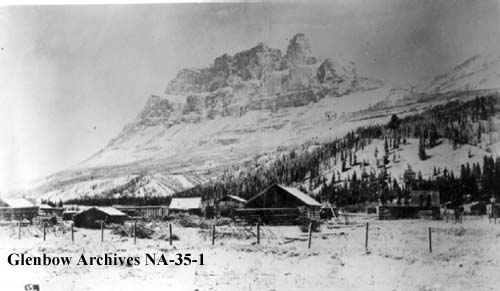
Seemingly overnight, the booming town of Silver City was born. At its peak there were as many as 3,000 residents hoping to cash-in on the purported wealth just waiting to be discovered. But with the promise of riches going unanswered, and rumours swirling about fraudulent activity and swindlers skipping town with pockets of cash, the town vanished almost as quickly. Buildings were moved or repurposed for other projects, leaving little evidence of a once bustling community.
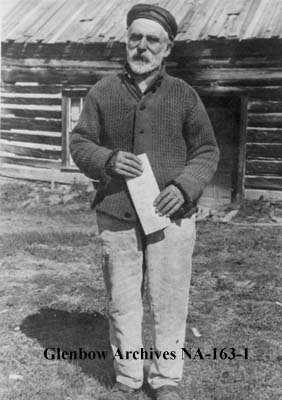
By 1885 all that remained was some crumbling buildings and one solitary resident, Joseph Smith. Smith was one of Silver City’s earliest citizens and remained longer than anyone else. In 1937, at the age of 94, his failing health and inability to care for himself resulted in Smith relocating to the Lacombe Home in Calgary. Smith’s departure ended the era of Silver City. With Smith gone, Parks Canada destroyed the remaining structures, including Smith’s cabin.
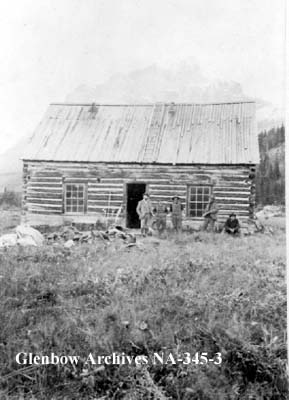
All that remains of Silver City today is an informative plaque commemorating this boom and bust town.
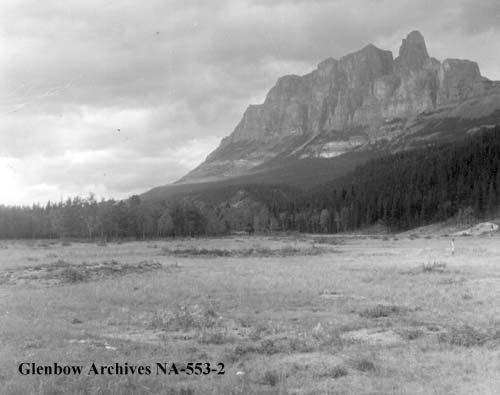
For more ghost town photos, please visit this post about Bankhead, another once-booming coal-mining town near Banff.
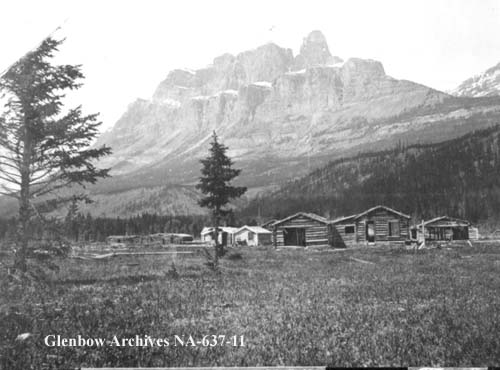
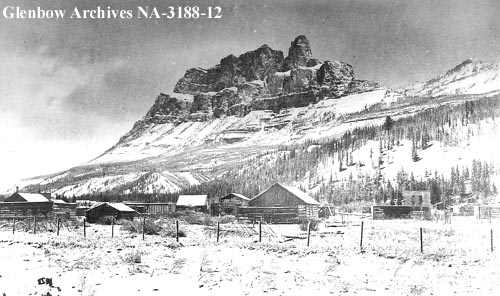
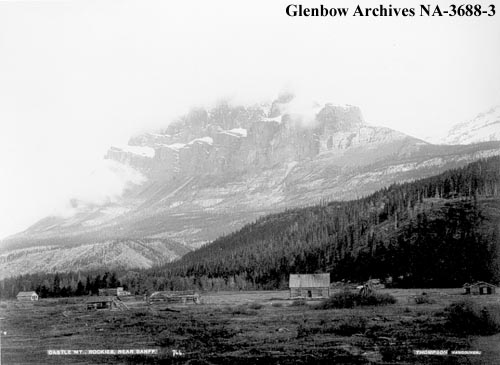
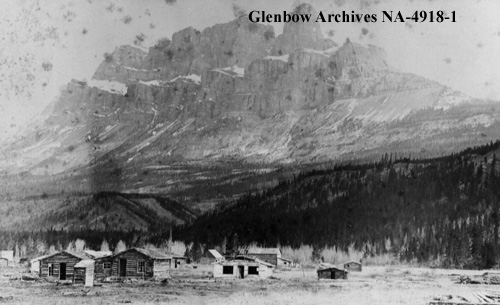
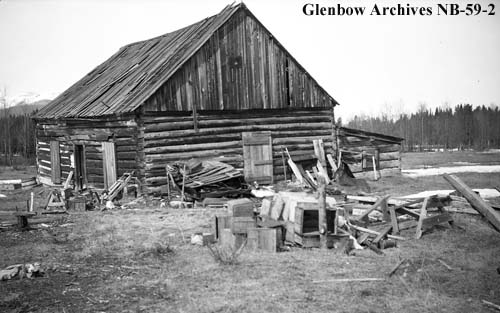
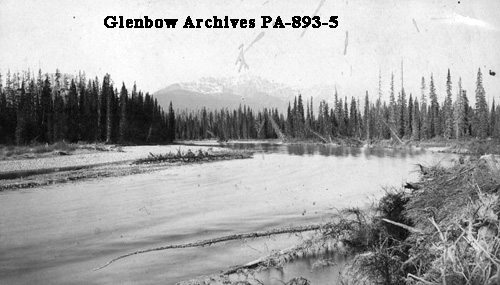
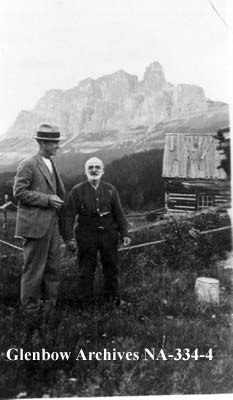
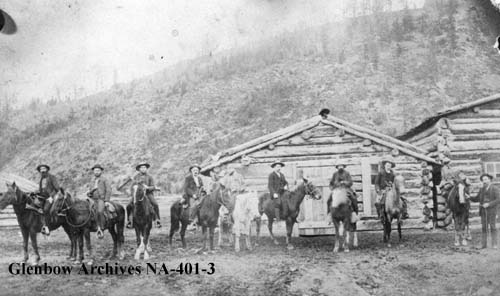
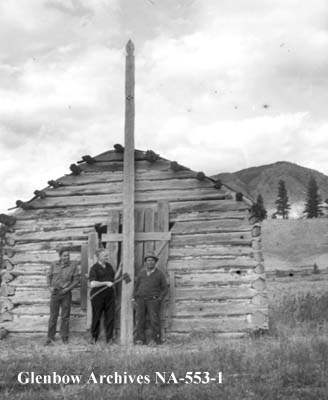
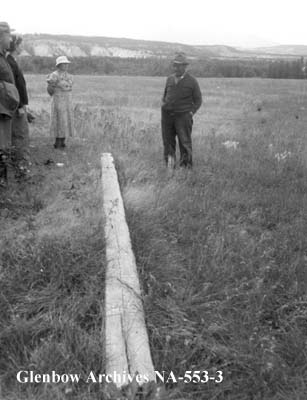
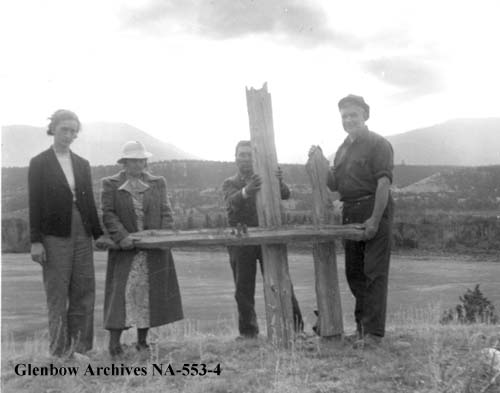
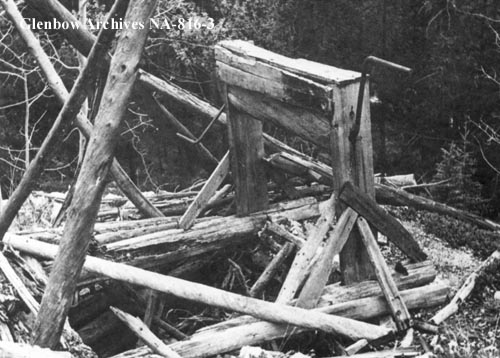
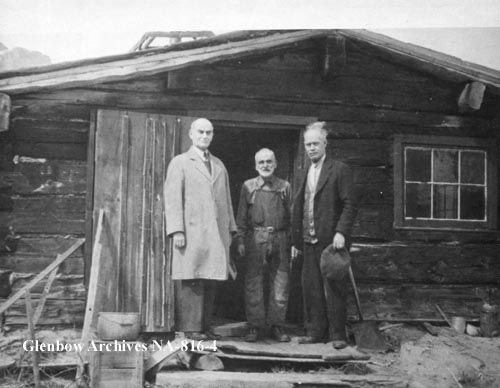
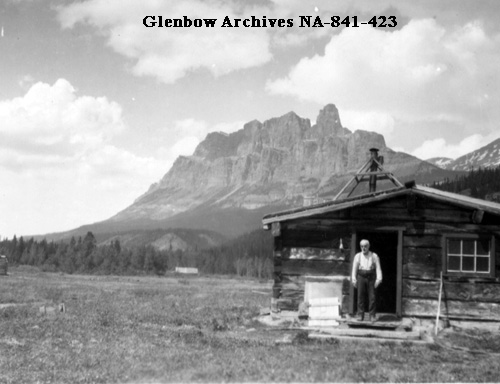
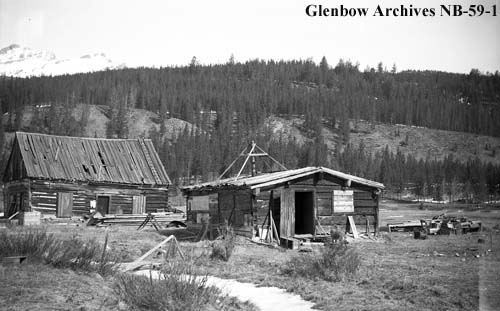
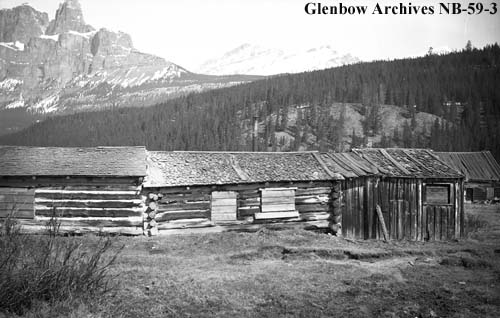
The photos above were collected from the Glenbow Archives. Additional information can be found for each photograph on the Glenbow website by searching the identification number that is printed on each photo. There is also the option to purchase a high resolution copy. Stay tuned for additional posts featuring historical photos from across Alberta. We’d love to know what you think in the comment section below.


